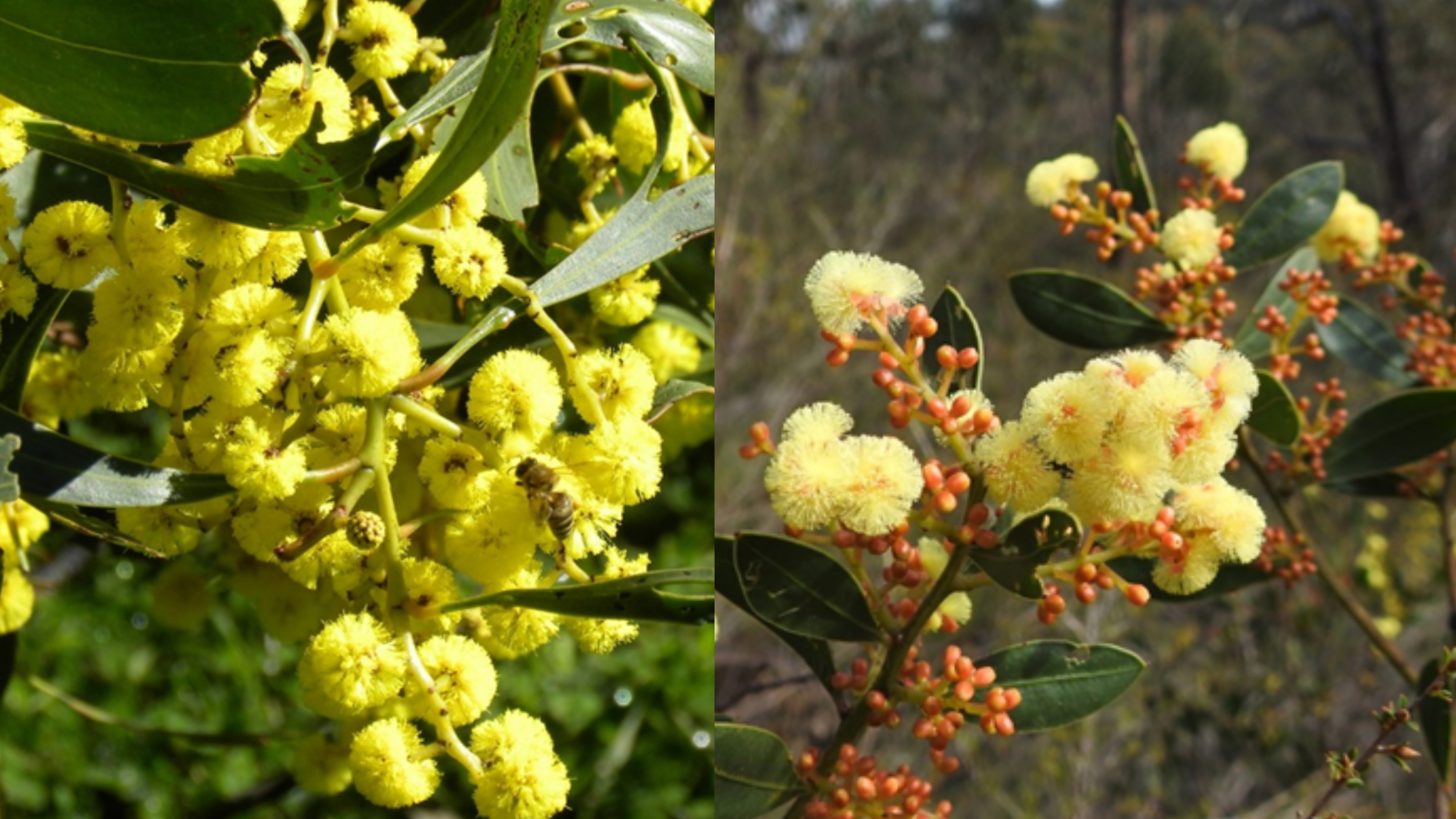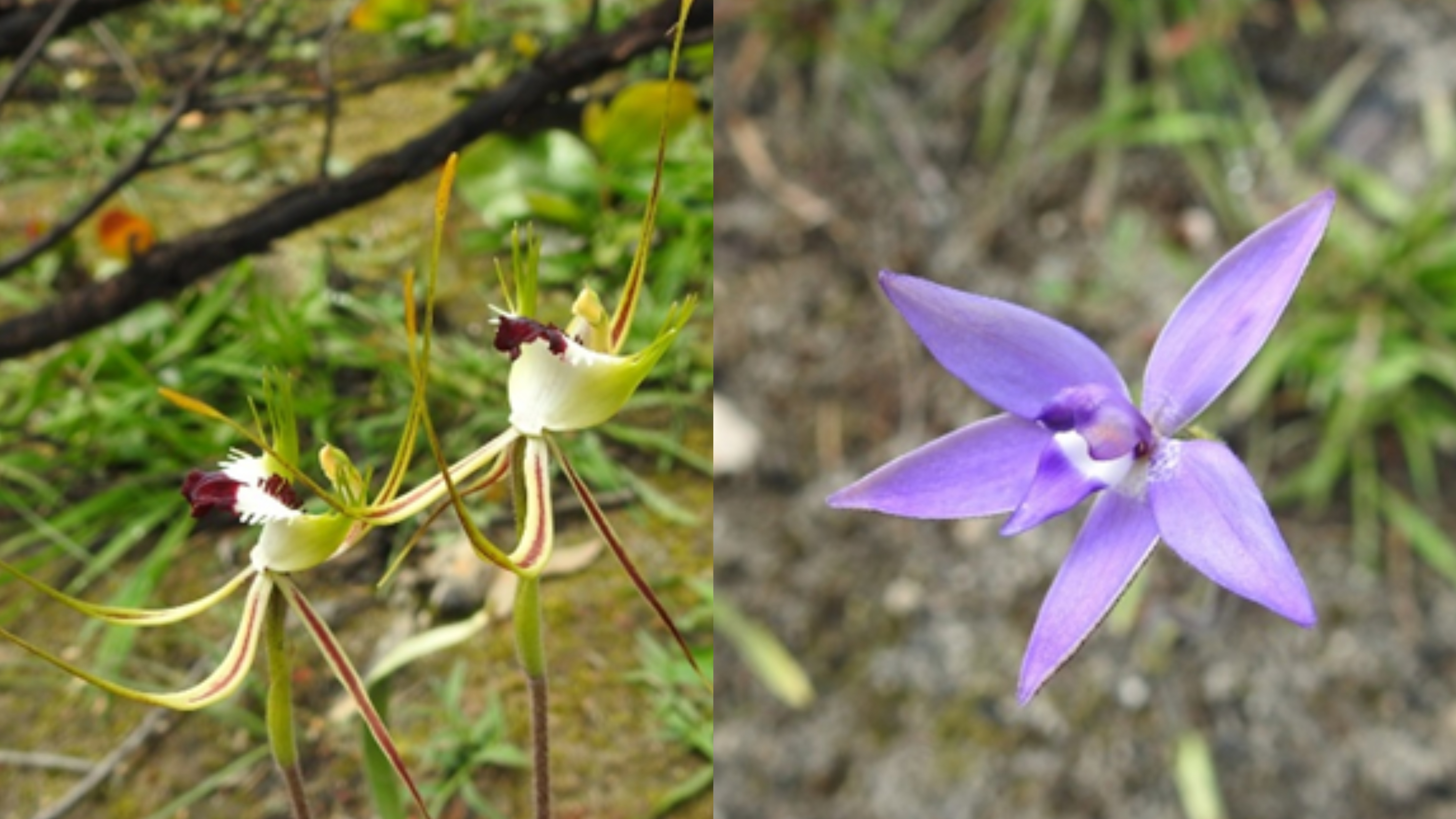
Where to find wildflowers close to Adelaide
As the weather warms and the days get longer, Mark Oliphant Conservation Park, Scott Creek Conservation Park, and Belair National Park become vibrant with colour, showcasing a wide variety of native flora.
As you enjoy the sights, it’s important to remember that many of these delicate plants are easily trampled, so sticking to designated tracks and trails is important to protect these fragile plants.
Here’s what you can expect to see in each of these parks and some recommendations for the best walks to take in the sights.
Mark Oliphant Conservation Park
Nestled within the Adelaide Hills, Mark Oliphant Conservation Park offers a diverse range of plant life. The forest canopy is dominated by Messmate and Brown Stringybark, with pockets of Candlebark, Manna, Pink, and Blue Gum adding to the park’s character.
As you wander through, look out for spring-flowering plants such as the Myrtle-leaved Wattle (Acacia myrtifolia), Beaked Hakea (Hakea rostrata), Large-leaved Bush Pea (Pultenaea daphnoides), and Silver Banksia (Banksia marginata). During late winter and early spring, you’ll be greeted by the beautiful pink flowers of the Common Heath (Epacris impressa) in full bloom.

As spring progresses, smaller herbaceous plants like lilies and orchids steal the show.
Keep your eyes peeled for Spider Orchids (Caladenia sp.), Donkey Orchids (Diuris sp.), Sun Orchids (Thelymitra sp.), Twining Fringe Lily (Thysanotus patersonii), and Creamy Candles (Stackhousia sp.).
Best Walks: The Bandicoot Trail and Heath Trail offer excellent opportunities to explore the diverse environments within the park while enjoying the wildflower displays.
Scott Creek Conservation Park
The recovery journey of Scott Creek Conservation Park following the devastating Cherry Gardens Bushfire in 2021 is nothing short of remarkable.
Today, the park is awash with the yellow blooms of various wattle species, including Acacia pycnantha, Acacia myrtifolia, and Acacia verniciflua. These resilient pioneers are a testament to nature’s ability to regenerate after fire.

Currently, you can also spot the delicate white flowers of Whittaker’s Sundew (Drosera whittakeri) along the track edges. This carnivorous plant catches insects with its sticky leaves, a clever adaptation for surviving in nutrient-poor soils.
As spring unfolds, a rich array of lilies and orchids will bloom, including Spider Orchids, Donkey Orchids, Sun Orchids, Purple Cockatoo (Glossodia major), Twining Fringe Lily, and Creamy Candles.

You might also catch a whiff of the Chocolate Lily (Anthropodium strictum), a flower known for its distinct chocolate scent (sign us up!).
Best Walks: For a scenic overview, head to Tom’s Seat along the Petroica Loop, where you can take in both the flowering wattles and expansive views out to the ocean. For a longer trek, the Caladenia Loop offers a more immersive experience.
Belair National Park
Belair National Park boasts a mix of vegetation types, with the eastern side showcasing open forests with an understorey of shrubs and bushes generally with hard or often prickly leaves similar to those found in Mark Oliphant and Scott Creek Conservation Parks. The western side features open grassy woodlands, where herbaceous wildflowers like orchids, lilies, and small shrubs dominate the scene.

The iconic Golden Wattle (Acacia pycnantha), Australia’s floral emblem, is commonly seen, along with various daisies (Olearia sp.). Whether you’re exploring woodlands or, Belair’s diverse landscapes offer a range of wildflower experiences.
Best Walks: For grassy woodlands, try the Microcarpa Loop. For forests, the Waterfall Hike is a good choice. If you’re after a shorter walk, the RSL Walk through Sparke’s Gullytakes you through a lush environment where plants thrive in wetter conditions.
Protecting our precious flora
While enjoying these wildflower hotspots, it’s essential to tread lightly. Many of these plants are sensitive to disturbance, with some species growing only a few leaves above ground, making them easy to miss — and accidentally step on. By staying on marked trails, you can help protect these precious plants so others can enjoy their beauty.
Park of the Month
This September, join us in celebrating Belair National Park, Scott Creek Conservation Park, and Mark Oliphant Conservation Park and our Parks of the Month!
Explore a variety of events, from art in the park to wildflower walks, guided birdwatching, and more. Check the website for all the details.
Images are courtesy of Peter Watton.